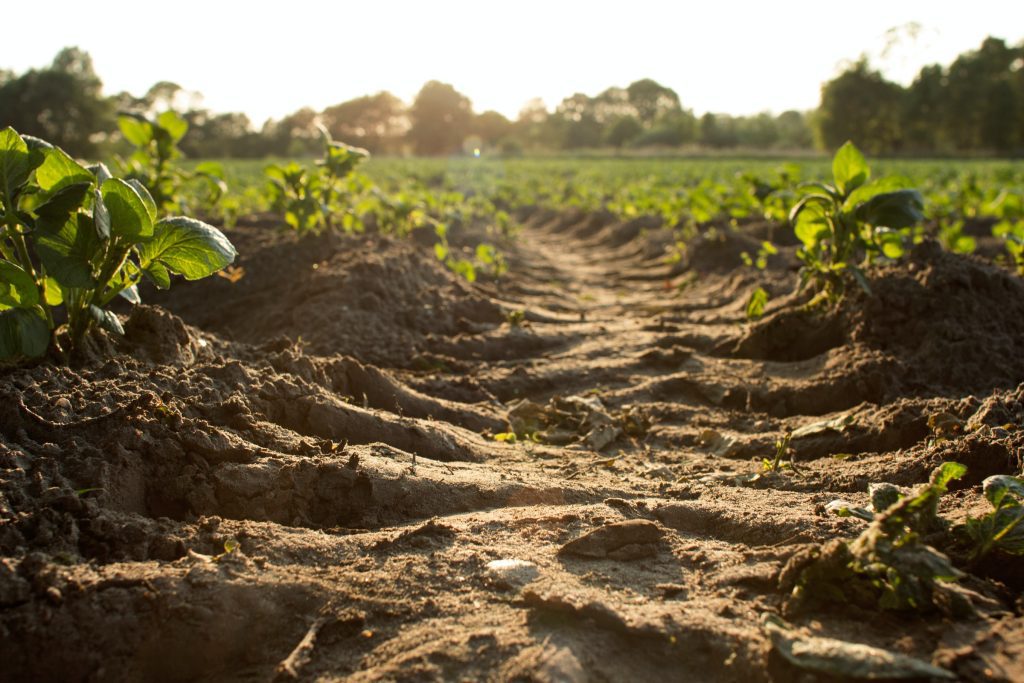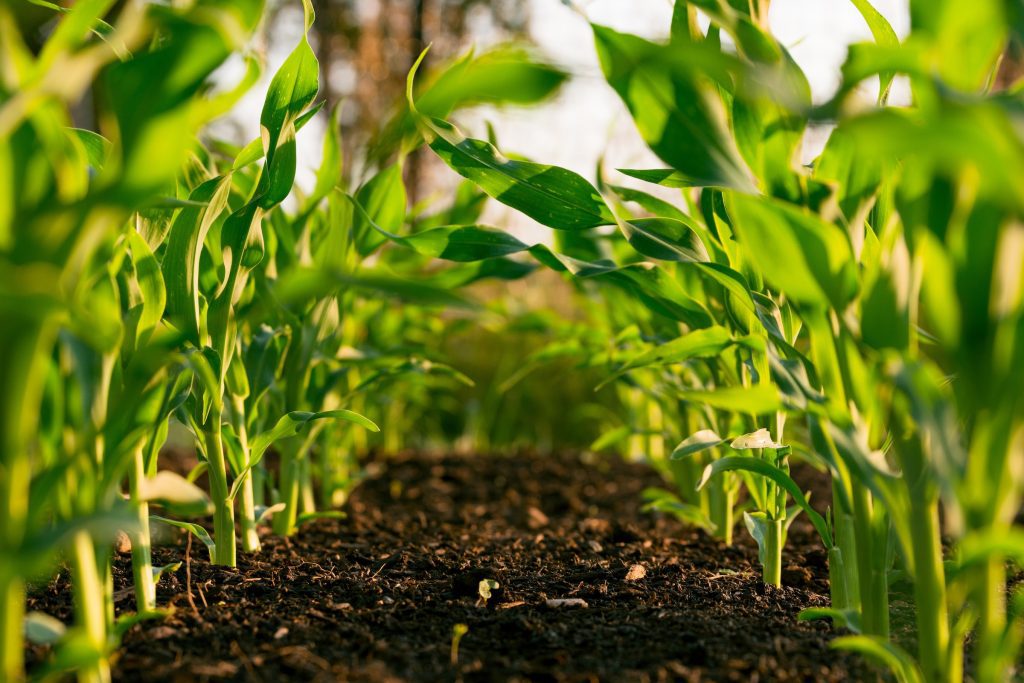Raising Your Soil’s Calcium Level
When it comes to soil health, one of the most significant micronutrients you need is calcium. It might not be needed in high quantities, but it is necessary for plant growth and will reduce the plant’s vulnerability to pets and diseases.

The issue, of course, is that too much calcium in your soil can also be detrimental – raising pH and affecting the soil’s ability to absorb other micronutrients.
To determine if you need to add calcium to your soil, you need a professional soil test. This test analyses the calcium level and pH of the soil, this telling you what you need to add to the soil and the amounts needed.
To determine this, one critical term you need to keep in mind is the Cation Exchange Capacity (CEC). This metric describes the soil’s relative ability to hold a specific nutrient in the form of positively charged ions. You can determine your soil’s CEC with a professional soil test. The higher the CEC, the more organic matter is in the soil, meaning that it will hold nutrients and water better.

The soil test is the ideal way to determine if you need to make changes to the soil. However, there are also some telling signs of calcium deficiency in a plant. From curling leaves to weak growth and spotting on young leaves – as well as chlorosis and mature leaf cupping – you need to keep an eye on all of these.
You can find different calcium sources. However, whichever works best for you will depend on your soil’s pH level, the timing, and the crops being grown. Commercial foliar calcium spray is the fastest solution for calcium deficiency since plants take in more nutrients better through their leaves than their roots.
